The Mormon Tea plant is a wild Ephedra plant species that grows in the Southwest. It’s is a popular, well known plant for a multitude of reasons – learn how to find, harvest, and enjoy it at home!

After being here in the Southwest for over 20 years, I’ve come to know and be familiar with the wide range of desert plants that dot our desert landscape. Whether I’m in Northern Arizona or, New Mexico, or here in the Phoenix area, many of the plants are quite similar.
I’m also that person who loves to shove plant matter into her mouth, shocking the kids and anyone else who might be around me. Obviously – I don’t always recommend that. 😆 Some plants can be toxic – certainly.
And while I’m always eager, I am cautious, too.
Mormon Tea is one of the most popular plants I see, daily, when I’m hiking in my area.
What is Mormon Tea?
Mormon Tea is the term often used to describe a particular Ephedra plant species that grows here in Arizona, and throughout the Southwest.
A beverage [tea] made from the dried stems of the Mormon Tea plant, Mormon Tea has a significant history.
Mormon pioneers, traveling through the Southwest often times harvested the plant, and dried the stems to use for a beverage in lieu of coffee or, caffeinated tea (which are banned in their religion).
Mormons first settled in the Four Corners and Great Basin regions of the Southwest. When they settled, they found the Mormon Tea plant, worked beautifully as an energizing tea. The Ephedra plant species has over 65 varieties across the world. However, only a handful are used as a popular tea beverage.
Those varieties include:
- Ephedra viridis
- Ephedra funerea
- Ephedra nevadensis
- Ephedra californica
- Ephedra antisyphilitica
- Ephedra cutleri
(These varieties above are also known as Indian Tea – as natives would use the plant for reasons similar – most notably, to brew this stimulating drink).
Identifying Mormon Tea
Here in Arizona, you can usually find Mormon Tea right next to the Creosote (Desert Chaparral) plant, juniper, prickly pear, and mesquite plants. The plant can grow at elevations up to 7,500 feet – some may even grow in various regions of the West coast on the mountains and along the coast.
But here in Arizona, Mormon Tea tends to grow very low – usually not more than 3-4″ tall. It’s a stick-like plant, that has many distinct twig branches that protrude off of a woody base.
If you are unsure of Mormon Tea, it’s best to use a plant identifier – I love using Plant Snap – as many wild plants here in the desert can be toxic (OR, deadly!) and it’s best to be safe before putting any plants in your mouth.
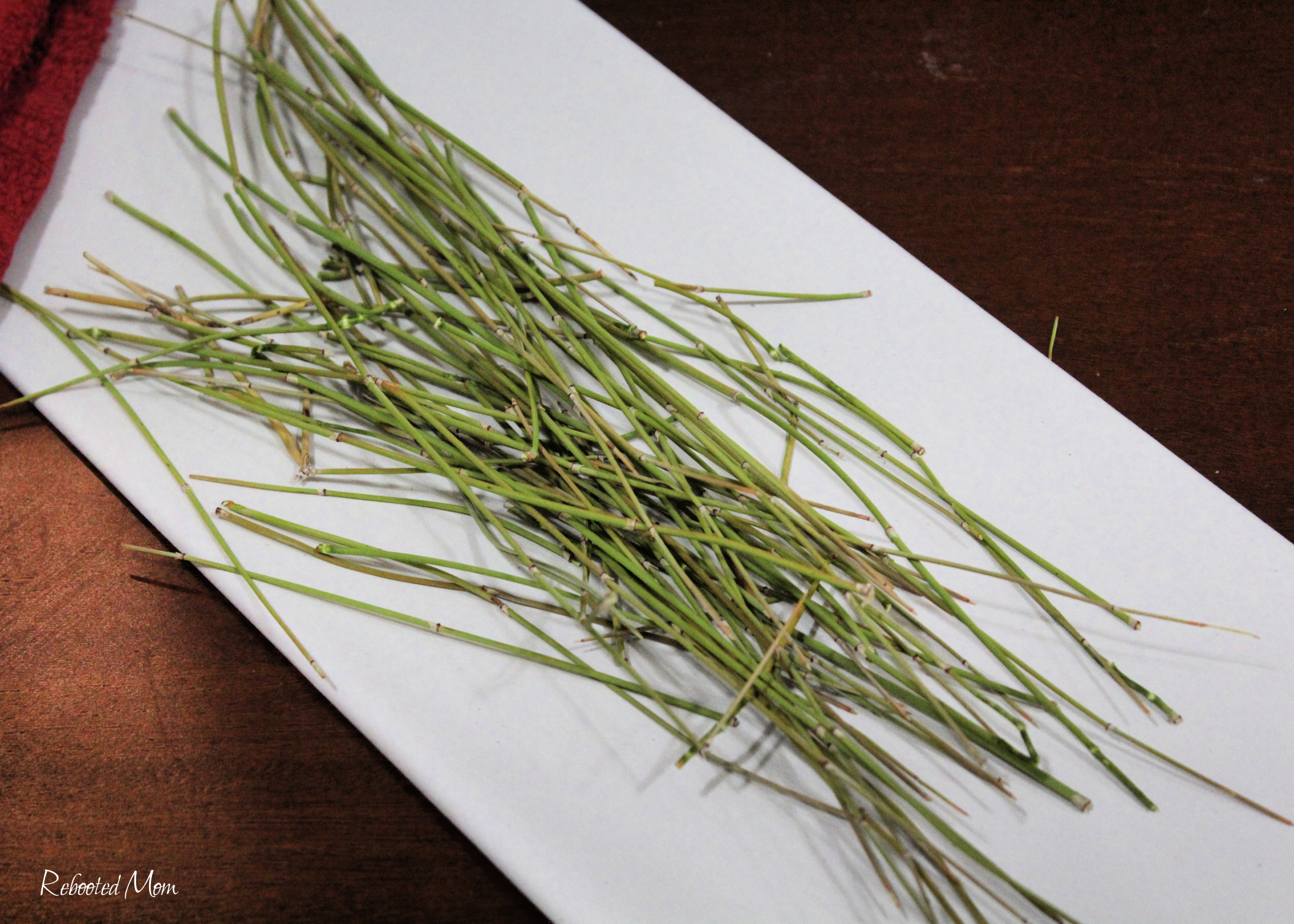
Harvest and Dry Mormon Tea
Mormon Tea (Ephedra Stems) should be harvested in the mid to late summer season. Try to find a location that is far removed from roadsides, away from pollution.
Follow these guidelines for harvesting Mormon Tea:
- Use sharp scissors or a sharp device to cut stems – aim to cut 8-10 inches from the top of the plant.
- Once you are home, allow the stems to dry naturally for 3-4 days.
- Trim your stems into 1″ pieces. Place on dehydrating sheets and dehydrate at 130 degrees F for 3-4 hours, or until brittle. During this time, they will transform from dark green to a yellowish-green, or sometimes even brown).
- Store in an airtight container away from moisture, or a zip top bag.
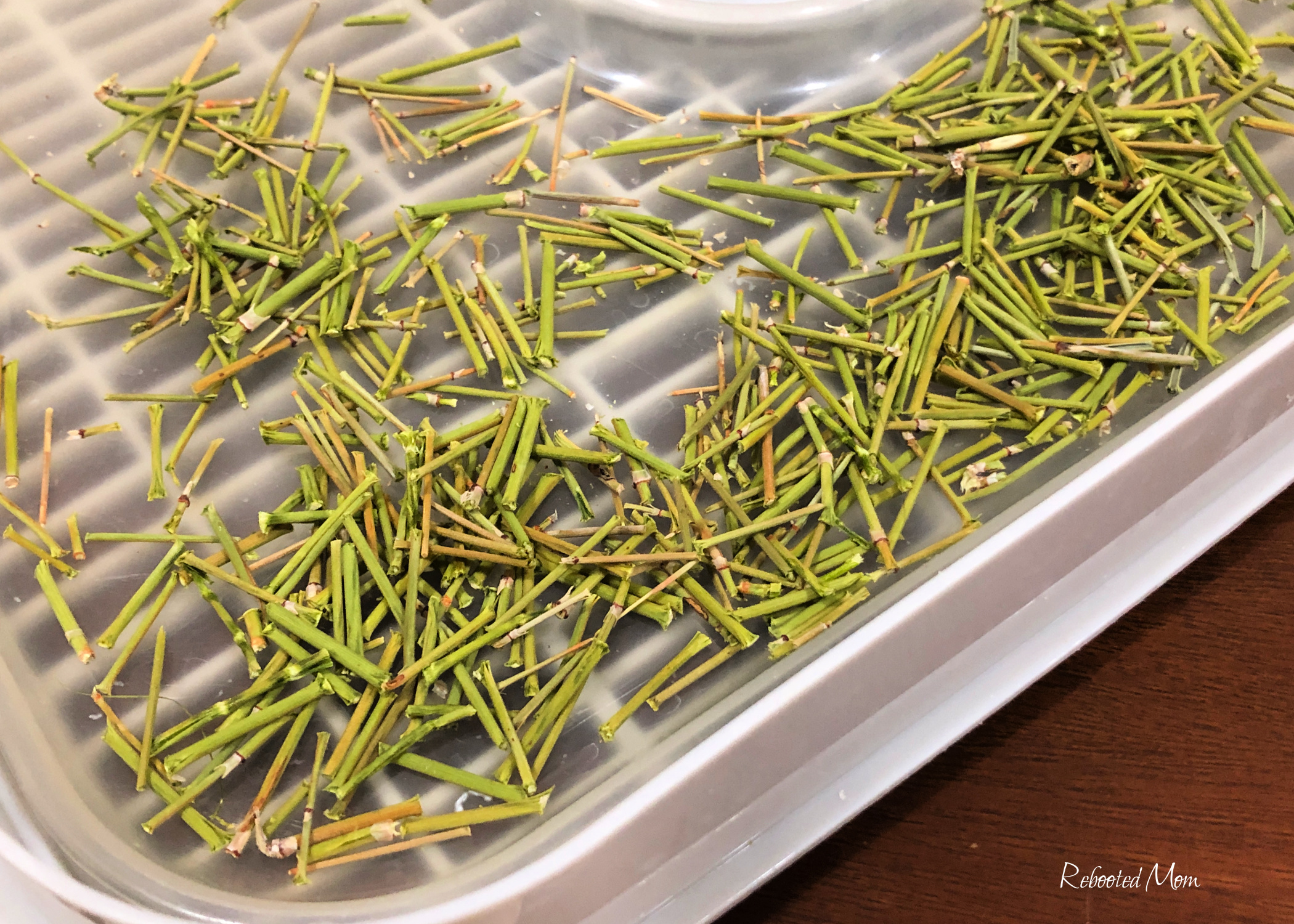

Preparing Mormon Tea
For best results, Mormon Tea must be thoroughly dried prior to using it to make tea. Place 1-2 tsp of dried stems for 8 oz of water – bring to a low simmer until the water turns color.
You can also combine the dried ephedra stems with any of the following herbs to maximize its efficacy in treating respiratory distress:
- marshmallow root
- licorice root
- cinnamon
Use Precaution!
As with any herb or remedy, there are a few precautionary measures that should be taken:
- Avoid using Mormon Root for extended periods of time
- Mormon Tea should not be used or consumed while nursing or pregnant – ephedra contains very potent tannins and alkaloids that can cause unwanted side effects
- Avoid consuming Mormon Tea in conjunction with other caffeinated beverages
If you’re taking other medications, it’s best to refrain from Mormon Tea or consult your physician so as to prevent ephedra from any working against your other meds.

Uses for Mormon Tea
You might be asking – why would anyone want to harvest and prepare Mormon Tea? There are 5 reasons you might want to keep it as part of your health regimen:
Energy Stimulant – Mormon Tea was first used for its energizing properties. It has been key in keeping folks awake and alert – hence why it’s also referred to as meditators tea. It can encourage alert awareness.
Appetite Suppressant – Mormon Tea is commonly used as a suppresasant to the appetite – hence, it can stimulate one’s metabolism and encourage the loss of weight
Cold & Respiratory Support – Mormon Tea (Ephedra) is known for supporting healthy lungs and thus, encouraging respiratory success. Likewise, the tea serves as a means to dry up mucus, and the alkaloids provide decongestant qualities which make it perfect to use as a remedy for the common colds.
Kidney Support – There are many sources that show that it is useful as a tonic that can help protect against kidney infections.
Venereal Issues – While I did not mention this above, Mormon Tea is most remembered as “Whorehouse Tea” back in the 1800’s. It was used by early pioneers, who suffered from diseases such as gonorrhea and syphilis.
You can find Mormon Tea on Amazon – should you not be in an area where you can harvest and dehydrate the plant for use at home.
Have you ever spotted or heard of the Mormon Tea plant?
And if so, have you ever used it to prepare tea for yourself or family?
It really is a unique take on natural medicine – when I am able to get my hands on Mormon Tea, I always try to cut and dehydrate the stems and store the dried plant in a jar for use when needed.

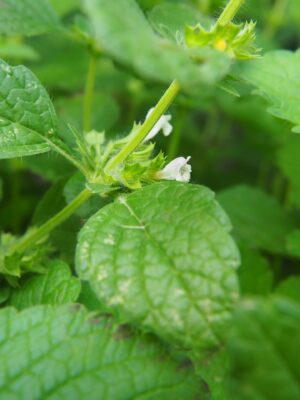
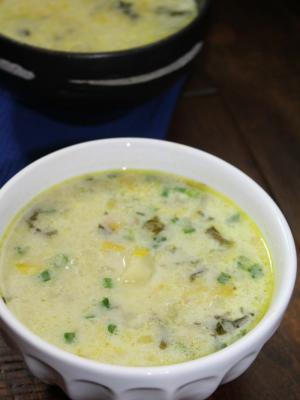
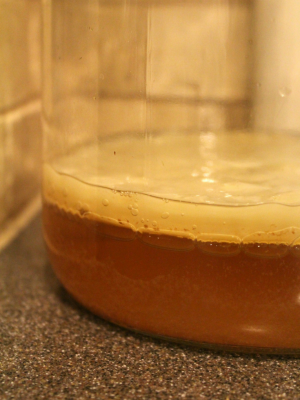
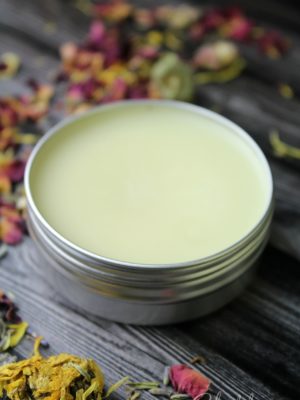
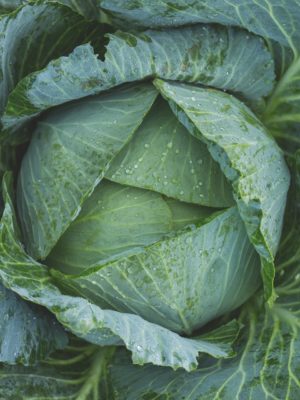

What if you harvest it in the winter time? Is it still effective?
Mormon tea should be harvested in the summer, late summer, I would try to avoid harvesting in the winter.